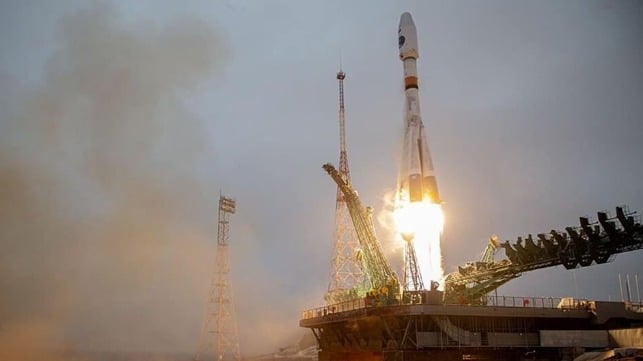Russia recently launched its first Arctic observation satellite system, marking a significant milestone in the country’s efforts to intensify its exploitation of the Arctic’s oil and gas resources. The new constellation, comprised of two satellites launched in February and December 2021, will allow for continuous meteorological and environmental monitoring of the Arctic surface, including the Northern Sea Route.
The development of the Arktika system aligns with Russia’s long-term goals to establish itself as a major player in the global shipping industry. The system will offer crucial telecommunications services in the Arctic, necessary for air traffic and commercial shipping in the remote area. Russia’s significant investments in the Northern Sea Route near the Siberian coastline aim to establish it as an alternative shipping route, reducing travel distances between the Far East and the West in comparison to the Suez Canal route.
The new constellation utilizes data from Roscosmos’ two Arktika-M satellites, which were launched earlier this year. The system is designed to provide full-time coverage of high latitudes not currently provided by existing international geostationary satellites. This marks a first time hydro-meteorological space system has been established for permanent observation of the Arctic regions and surrounding territories.
In addition to providing vital information for meteorological and environmental monitoring, the new constellation will also enable Russia to expand its presence in space exploration beyond Earth orbit. The plan is to launch a total of 10 Earth-orbiting satellites as part of their mission called “Arktika,” which includes communication, GPS, commercial, and remote sensing satellites. These satellites will be placed in Highly Elliptical Orbit (HEO) ensuring full-time coverage of high latitudes not currently provided by existing international geostationary satellites.


